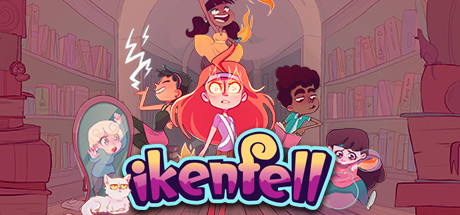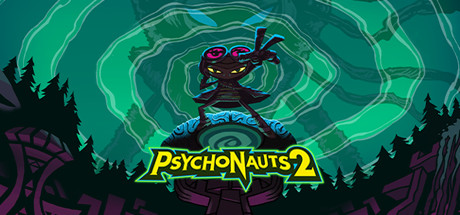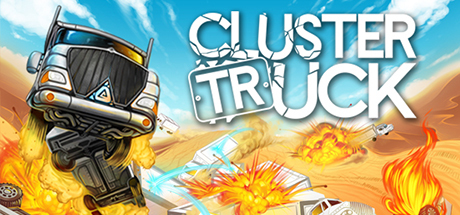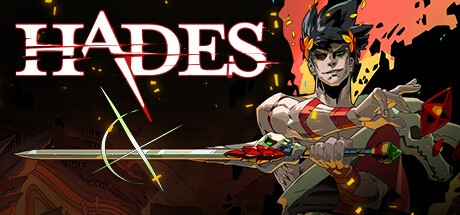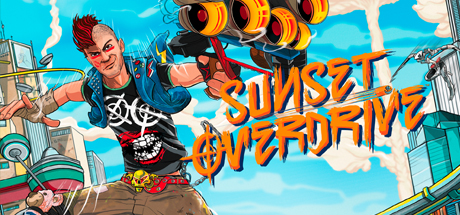Arknights is a mobile tower defense game. It commits some of the sins of mobile games in general, such as a gacha system for acquiring your “towers,” and an upgrade system that requires you to loot an entire RadioShack worth of gear to do anything. That said, it does enough unique and interesting things as a tower defense that I want to write about it, and I recommend it.

There’s a funny story about how this article wasn’t actually going to be an article about Arknights. It was going to be a list of some of some phone games that I’ve been playing. Part way through writing that list, I realized that I had written two paragraphs on Arknights, and nothing for the others. Then, when I tried to write about those other games, I realized that my reasons for playing them were, in no particular order:
- To collect fox girls.
- Because I’m desperately starved for anything pinball related.
- Sunk cost fallacy.
Arknights was the only one that I was actually playing because it was fun.
That’s not to say the game itself is perfect, by any means. As I mentioned above, I have problems with it. First, you have to roll what amounts to a slot machine in order to permanently unlock your units. Second, powering and leveling said units requires a shit ton of time. And the third, the game’s general story and lore is on par with Dota: Dragons Blood (which is to say, a mess).

But it does a bunch of other stuff right. For one, I really its “Stamina” system. Like many mobile games, Arknights has a Stamina system where you have to spend Stamina to enter and play a given stage. Unlike most mobile games I’ve played, if you wipe on stage, or choose to quit, it refunds a portion of that stamina. While this would be fine by itself, the bigger portion of this is the “Plan” system.
Plans are a parallel resource that refills to 30 at the start of each day. Plans can be used to enter a stage without spending any stamina, but you won’t get rewards for beating the stage, nor will beating it actually count as clearing the stage. In essence, they function as free “test” runs. If you haven’t played many games with a stamina system, their purpose might not be apparent. Plans allow you to constantly make attempts on content you’re stuck on, but without any risk of “wasting” your precious Stamina until you’re sure you can beat the level.

I really like this because it makes it into much more of game. You’re encouraged and enabled to try multiple strategies and ideas against levels you can’t clear. Instead of being punished for failure, you can practice and end up feeling 100% sure you’ll clear a level. You can safely try cheese and other weirdness to pass a level with no risk other than your time.
Actual Arknights levels tend to be structured similarly to normal tower defense levels. There are entry points where enemies spawn, and will follow a path to get to an exit point. If an enemy makes it all the way there, you lose a life. Run out of lives, and you fail the level.
That’s where a lot of the common genre tropes go out the window. You can’t just put down as many towers as you can afford. Instead, you can only have up to a given number of your operators on the field at any one time. Most operators can also only either be placed on ranged or melee tiles, based on their type. Once you place an operator down, you can’t move or reorient them without retreating them, waiting out their redeploy period, and then paying an increased cost to place them down again.

And you will want to move them. The cost to deploy an operator is different from character to character, so you’ll often want to start by putting some of your cheaper units that generate additional deployment points into play, only to remove them later to free up space in your unit cap. And even if an operator is knocked out, after waiting out their redeployment, you can use them again on the same map. Did an enemy get past your defenses? You might find yourself having to toss someone down to block them from getting to the exit. Figuring out when to retreat unit, and when to play them is a big part of managing enemy aggro. Because of this system, Arknights is the only single player tower defense game I’ve ever played where I’ve straight up put units into play knowing they’ll die just to stall for time.
The enemies are also a bit more unique. While many of the starter enemies are standard, the game pretty quickly introduces some really neat types. Here are a few in no particular order:
Sentinels – A weak flag waving enemy who isn’t that big of a problem… except the second you shoot him, he goes into alert, buffing the rest of the units on the maps. Perhaps more interestingly, they tend to travel in routes where they ignore going toward the exit, and instead go on a grand tour of the rest of the map.
Grudgebearer – Grudgebearers start in Standby mode, which means unlike most enemies in tower defense games, they won’t attack. Even once they start moving, they won’t hit you. Unless you hit them or one of the aforementioned Sentinels, at which point Grudgebearers turn into giant tanky balls of pain. Figuring out how to aggro them in manageable ways before they all wake up is a neat challenge.
Maintenance Drones – Just because something shows up in the enemy list doesn’t mean it’s actually a threat to you. Take these very helpful little fellows. Of course, just because they’re helpful doesn’t stop your units from opening fire, which will be a problem, because you really want these guys to activate sanity restoring beacons. Why? Well…
The Entire Sea Terror Family – Have you ever wondered what what trying to fight the deep ones would look like in a tower defense? Well, worry no more, because now you can! And by “Can,” I mean you can watch your units go insane, and get stunned from trying to deal with any of the enemies from this archetype. Hooray!
There are civilians you’ll have to try to stop from getting butchered, leader enemies that will blast half your operators with a grenade launcher, and then cheerfully pull out a shiv when they get into melee range, and cloaked little shits who don’t care if you block them. They’ll just wander on past your entire defensive line if you can’t damage them down quick enough.
And that’s just a little taste of the enemies. There’s an equally large set of interesting map mechanics and setups. My personal favorite are maps where you can set up your units to just straight up shove the enemy into pits or off rooftops. But there are also maps with air vents that can boost or weaken stats based on if you’re facing into the wind or away from it, maps that let you maze like a more traditional tower defense with massive bricks, and even maps where your units are constantly being fired on by ballistas.

Ed Note: He never finished it.
There are some other subsystems, including an upgradable base, daily challenges, and some semi-survival raid-like sort of things, but they’re all additional modes and features, so I’m not going to talk about them here.
So yeah, that’s Arknights. A neat mobile tower defense game with a bunch of cool mechanics and enemies, and some less cool decisions around getting new operators. But overall, some really nice twists on the format.
Ed Note: Rate up is a lie.












